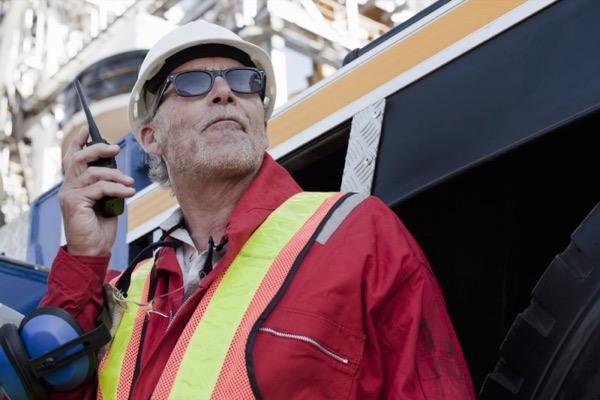Sarah, a project manager at a bustling tech company was already feeling the weight of the day’s demands. Her inbox overflowed with urgent emails, and her calendar was packed with back-to-back meetings. As she took a deep breath, she couldn’t shake the sense of dread that had become all too familiar. Stress had become her constant companion.
Sarah’s story is not unique. Across various industries, workers face increasing pressures that affect their mental health. The modern workplace, with its relentless pace and high expectations, can be a breeding ground for stress and mental health issues. Understanding and managing these hazards is crucial for maintaining a healthy, productive workforce.
Stress in the workplace often begins subtly. It starts with a few late nights and skipped lunches. But over time, the demands of the job begin to erode your well-being. You can find yourself waking up in the middle of the night, worrying about deadlines and deliverables. Performance at work starts slipping, and relationships with colleagues become strained.
Recognizing the signs of stress is the first step toward addressing it. Sarah’s manager, John, noticed the changes in her behavior. He saw that she was increasingly withdrawn and less engaged in team meetings. John decided to take action, understanding that managing stress in the workplace is not just about individual well-being but also about fostering a supportive work environment.
John scheduled a one-on-one meeting with Sarah, not to discuss work but to check in on her. During their conversation, Sarah opened up about her struggles. She admitted feeling overwhelmed and unable to cope with the mounting pressures. John listened empathetically and assured her that she was not alone.
To tackle the issue, John and Sarah devised a plan. They started by prioritizing her workload, identifying tasks that could be delegated or postponed. John also encouraged Sarah to take regular breaks and set boundaries to protect her personal time. Importantly, John connected Sarah with the company’s Employee Assistance Program (EAP), which offered counseling services and stress management resources.
Implementing these changes was not easy. Sarah had to unlearn the habit of overworking and learn to ask for help when needed. But gradually, she began to feel the difference. Regular breaks helped her recharge, and talking to a counselor provided her with strategies to manage anxiety and stress.
The impact of these changes extended beyond Sarah. Her team noticed the positive shift in her demeanor and performance. Inspired by her openness, other team members also started discussing their mental health more freely. This created a ripple effect, fostering a culture of support and understanding within the team.
John also took steps to promote mental well-being at a broader level. He organized stress management workshops and mindfulness sessions, encouraging employees to take part. The company introduced flexible working hours and remote work options, giving employees greater control over their work-life balance.
Sarah’s journey highlights the critical role that managers and organizations play in managing stress and mental health hazards. It’s about creating an environment where employees feel valued and supported. By recognizing the signs of stress and taking proactive steps, companies can prevent minor issues from escalating into serious mental health problems.
In the end, managing stress and mental health in the workplace is not just a matter of policy but of culture. It’s about building a workplace where empathy and support are integral, where employees can thrive without compromising their well-being. For Sarah, this change meant reclaiming her life from the clutches of stress, rediscovering joy in her work, and knowing that she was part of a team that truly cared.
The path to managing stress and mental health hazards is ongoing, but with the right support, it’s a journey worth taking. And in workplaces across the world, stories like Sarah’s are becoming more common, paving the way for healthier, happier, and more resilient work environments.







